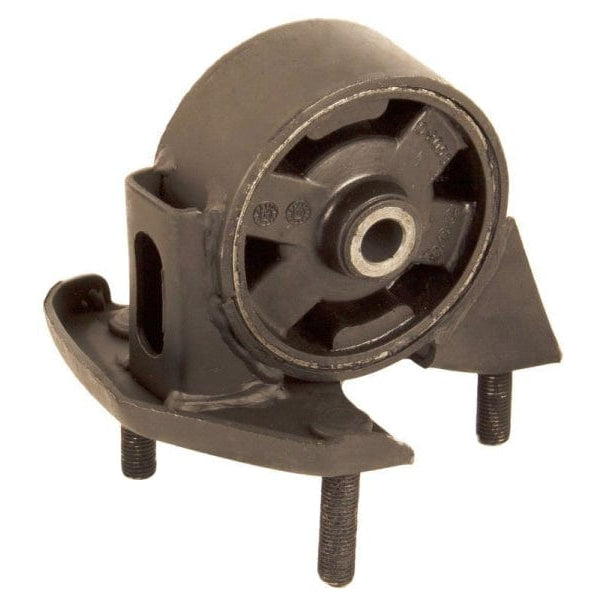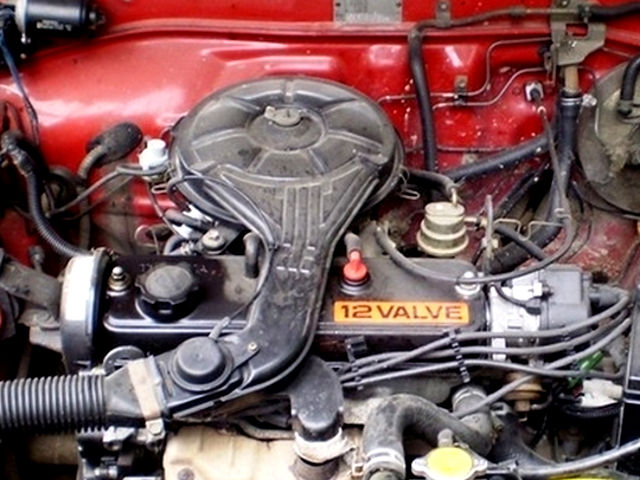What Makes the Toyota Tazz a Great Option for Budget-Friendly Transportation
Discover the most recent Patterns in Engine Innovation Via Tazz
In the swiftly advancing landscape of vehicle innovation, Tazz stands at the leading edge, highlighting considerable improvements in engine systems that prioritize both development and sustainability. From hybrid engines that maximize gas effectiveness to the development of hydrogen gas cells, the fads shaping contemporary powertrains are not only boosting performance but additionally resolving important environmental challenges.
Crossbreed Engine Innovations
Hybrid engine innovations stand for an essential shift in auto innovation, combining the advantages of interior burning engines with electrical propulsion systems. This combination not just improves fuel effectiveness but additionally decreases emissions, conference increasingly rigorous environmental regulations. By using both energy resources, hybrid engines can optimize efficiency, delivering power when needed while preserving gas during less requiring driving problems.
Recent improvements in hybrid innovation consist of enhancements in battery performance and regenerative braking systems. These technologies enable better energy healing throughout deceleration, which can be rerouted to aid in acceleration or power accessory systems. Makers are concentrating on light-weight materials and small layouts to maximize the efficiency of hybrid powertrains.
The advancement of plug-in crossbreeds has actually also broadened the marketplace, making it possible for drivers to charge their cars utilizing typical electric outlets. This feature frequently permits substantial all-electric array, more lowering dependancy on traditional fuels. tazz. As the automotive industry continues to develop, hybrid engine modern technologies are anticipated to play an essential role in bridging the gap between conventional vehicles and totally electrical versions, providing a transitional solution that deals with varied customer requirements and preferences
Advancements in Electric Powertrains
The automobile landscape is rapidly evolving, with electric powertrains arising as a leading pressure in sustainable transportation. Advances in electrical lorry (EV) innovation are substantially improving efficiency, customer, and performance experience. Key innovations consist of improvements in battery chemistry, which have actually increased power density, decreased charging times, and extended overall battery life.
Solid-state batteries, as an example, guarantee to revolutionize the market by supplying better security and efficiency contrasted to standard lithium-ion cells. In addition, advancements in regenerative braking systems are allowing vehicles to recover power during deceleration, contributing to overall efficiency.
Along with battery modern technology, electrical motor styles are becoming more advanced. Technologies such as integrated electric motors and progressed thermal monitoring systems are assisting to enhance power distribution and lower weight, ultimately enhancing vehicle characteristics.

Collectively, these advancements underscore the commitment to change in the direction of cleaner, more efficient transport solutions, positioning electrical powertrains at the leading edge of automobile technology.
The Rise of Hydrogen Gas Cells
Progressively, hydrogen fuel cells are acquiring grip as a sensible alternative to typical internal combustion engines and battery electrical lorries. This modern technology utilizes the chemical power kept in hydrogen, transforming it into electrical energy via an electrochemical response with oxygen. The main byproduct of this process is water, making hydrogen gas cells an eco pleasant alternative with no discharges at the tailpipe.

Car manufacturers are increasingly investing in hydrogen gas cell innovation, identifying its possibility for long-range applications and fast refueling abilities that rival standard gas. Furthermore, sectors such as sturdy transport and public transportation are specifically fit for hydrogen fuel cells, where battery electric services might fall short due to weight and array constraints.
As research and financial investment remain to expand, hydrogen gas cells are positioned to play a considerable role in the future landscape of tidy transportation and power options.
Enhancements in Internal Combustion Engines
Innovations in internal combustion engine (ICE) modern technology are changing conventional cars to meet modern-day ecological standards and performance expectations. One of one of the most substantial improvements entails the combination of sophisticated fuel injection systems. These systems enhance the air-fuel mixture, improving combustion performance and resulting in lowered discharges. Direct gas injection, for instance, enables far better atomization of fuel, causing even more full combustion and enhanced power outcome.
In addition, turbocharging has actually gained prominence, enabling smaller engines to supply greater performance without the weight of bigger engines - tazz. This technology not just enhances performance yet also adds find more to decrease gas usage. Variable valve timing systems are likewise being improved, making it possible for engines to adapt to various driving conditions for improved torque and responsiveness
Additionally, using lightweight products in engine building and construction is ending up being conventional, more improving gas effectiveness by reducing general vehicle weight. Engine control units (ECUs) are significantly advanced, enabling real-time changes that maximize efficiency and emissions.
These enhancements collectively signify a pivotal change in ICE technology, aligning with worldwide sustainability objectives while still providing the efficiency vehicle drivers get out of their automobiles. As the sector evolves, these renovations proceed to shape the future of typical automotive engineering.
Future Patterns in Engine Effectiveness
Considerable developments in engine effectiveness are anticipated as makers concentrate on incorporating cutting-edge technologies to satisfy stringent ecological regulations and customer demands. The change towards electrification, crossbreed systems, and alternative gas is reshaping the automotive landscape, driving innovations that enhance gas economy and lower exhausts.
Among the crucial patterns is the implementation of advanced products and manufacturing techniques. High-strength alloys and lightweight compounds contribute to decreased lorry weight, hence enhancing general effectiveness. Additionally, the adoption of turbocharging and variable valve timing modern technologies enables enhanced power result from smaller engines, further boosting gas economic climate.

Verdict
To conclude, the exploration of engine innovation exposes considerable advancements that prioritize sustainability and effectiveness. Developments in hybrid engine systems, electrical powertrains, and hydrogen gas cells demonstrate a commitment to minimizing discharges while improving efficiency. Moreover, improvements in interior burning engines and an emphasis on light-weight materials read this post here add to total engine effectiveness. As the automotive industry remains to develop, these patterns will certainly play a critical function fit a cleaner and even more lasting future for transportation.
From crossbreed engines that maximize gas performance to the appearance of hydrogen fuel cells, the fads shaping modern powertrains are not only enhancing efficiency yet also dealing with important environmental obstacles.Hybrid engine advancements stand for a crucial shift in automotive modern technology, incorporating the advantages of inner burning engines with electrical propulsion systems.In addition, turbocharging has obtained prominence, allowing smaller sized engines to provide greater efficiency without the weight of bigger engines. Furthermore, the adoption of turbocharging and variable valve timing modern technologies enables for enhanced power result from smaller sized engines, better improving gas economic situation.
Improvements in interior burning engines and a focus on lightweight products add to total engine performance.